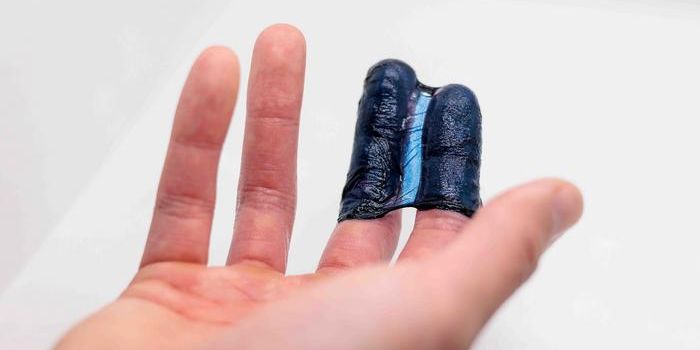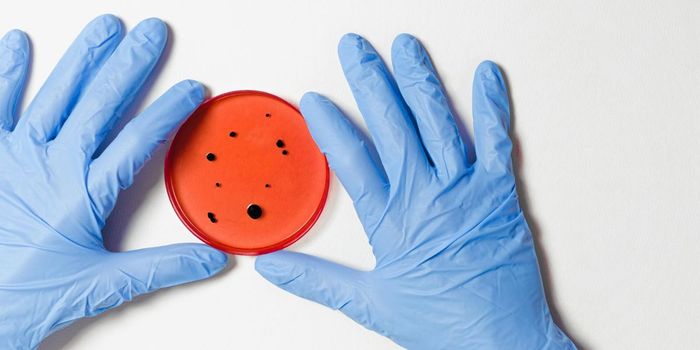3D Print a Customizable Microscope for as Little as $18
Since the invention of 3D printers, people have come up with ingenious ways to use them to make cheaper versions of expensive objects. In the latest such innovation, scientists at the University of Bath have designed The OpenFlexure Microscope, a laboratory-grade microscope that has motorized controls for focusing and moving specimens. This open-source design can be customized, is easy to use, creates good images, and has been reported in Biomedical Optics Express. The cost of the scope might be the best part - it can be made for as little as $18, which covers most of the plastic for printing the microscope, a camera, and some hardware. For a little more, a microscope objective could be added along with a Raspberry Pi computer.
"We want these microscopes to be used around the world - in schools, in research laboratories, in clinics, and in people's homes if they want a microscope just to play with. You need to be able to pick it up and use it straight away. You also need it to be affordable," said the co-creator of the microscope, Dr. Joel Collins, a physics researcher at the University of Bath.
In Tanzania and Kenya, more than 100 of these microscopes have been made, showing that the design works, and can serve a need. "Our Tanzanian partners, STICLab, have modified the design to better suit their local market, demonstrating another key strength of open-source hardware - the ability to customize, improve, and take ownership of a product," said the scope co-creator, Dr. Richard Bowman.
This effort is the culmination of years of effort. While 3D printers are often considered when there is a surge in demand for some item, like ventilators during the COVID-19 pandemic, it can take a long time to perfect these designs. This microscope took about five years to make, and it didn't even have to pass the rigorous checks that medical devices are subjected to.
Dr. Bowman noted that it seems unlikely that 3D-printed ventilators will be used during this pandemic. "Building a safety-critical medical device like a ventilator takes years for an organization with hundreds of experienced engineers and an established quality management system," he said. "Making a ventilator that works in a few weeks is an impressive achievement, but ensuring it complies with even the relaxed, emergency version of the rules takes a lot longer than creating the initial design. Demonstrating to a regulator that the design and the manufacturing process meet all the requirements will be even harder."
All of this red tape is highlighted during a crisis, which may show where it can be trimmed in the future. "The flip side is that the medical device industry is very conservatively regulated, and it would be a good thing if all of this new attention [in 3D printed hardware] means there's some rethinking done about how we can uphold high safety standards but make it easier to build something if you're not a mega-corporation," Bowman noted.
Sources: AAAS/Eurekalert! Via University of Bath, Biomedical Optics Express



![[Guide] 7 Strategies to Boost Laboratory Collaboration](https://d3bkbkx82g74b8.cloudfront.net/eyJidWNrZXQiOiJsYWJyb290cy1pbWFnZXMiLCJrZXkiOiJjb250ZW50X2FydGljbGVfcHJvZmlsZV9pbWFnZV83YzBjZWIwM2Y5YzI4MmFlYzBhZDZhMTcyNTQ1ZGU3YmE4Y2MzMDYyXzUxNDkuanBnIiwiZWRpdHMiOnsidG9Gb3JtYXQiOiJqcGciLCJyZXNpemUiOnsid2lkdGgiOjcwMCwiaGVpZ2h0IjozNTAsImZpdCI6ImNvdmVyIiwicG9zaXRpb24iOiJjZW50ZXIiLCJiYWNrZ3JvdW5kIjoiI2ZmZiJ9LCJmbGF0dGVuIjp7ImJhY2tncm91bmQiOiIjZmZmIn19fQ==)




